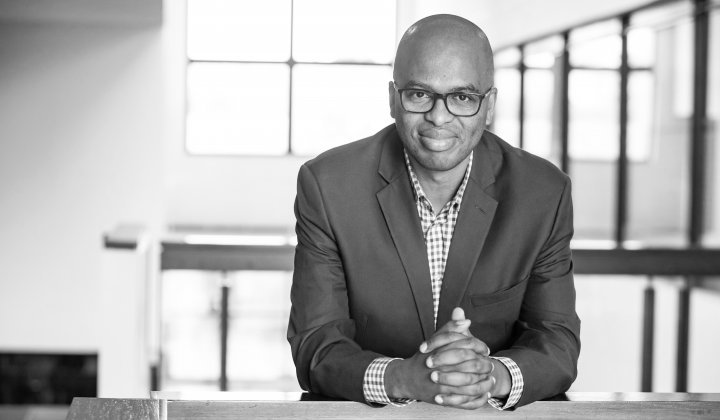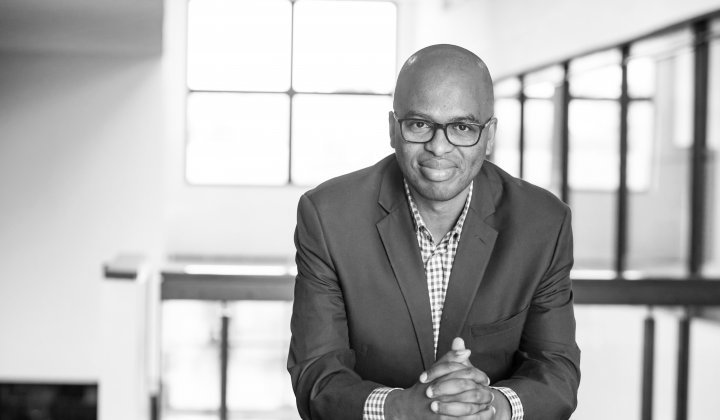I am sure we can all agree that strategy is important, regardless of unit of analysis. By unit of analysis, I mean country, industry, company, business unit, society, family or individual. But agreeing on the crux of strategy has eluded many company executives. I suggest that until we can achieve consensus on the crux of strategy, many companies will struggle to sustain themselves. So where do we begin to develop this consensus?
As a business school dean, I will stay in my lane and focus on the company as the unit of analysis. In South Africa, successful company-level strategies have been the difference between the near-collapse of the economy over a sustained period and the type of economic resilience we continue to observe. Consider, for example, how often we read about South Africa being a failed state. Yet, and despite an extremely challenging operating environment characterised by one crisis after another, exemplary South African companies continue to thrive – 58 of the 100 top companies in Africa are South African (Africa Business 2020).
The successes of South African companies operating in this volatile environment is contingent on them developing a sustainable competitive advantage. I believe that source of a sustained competitive advantage is what renowned strategy professor Richard Rumelt calls “the crux of strategy” and South African exemplar companies understand this. If more businesses can discover the crux of strategy, they are likely to succeed.
Let me introduce you to an academic strategy hack that can help company executives reach their crux of strategy so that more companies can thrive. The hack consists of three simple steps which I call the three Ws of strategy.
1. The Why
For the longest time, modern company executives believed the corporate social responsibility of business was to produce profit. This was crystallised in a 1970s article in The New York Times by leading economist Prof Milton Friedman, then of the University of Chicago. Informed by Friedman’s libertarian ideas, for more than 50 years many company executives the world over, and regardless of their persuasion, uncritically subscribed to the shareholder-centric profit motive approach to business. Having consideration for the social and environmental impact of their profit motive was the domain of government.
In 2020, 50 years after the publication of Friedman’s doctrine, The New York Times retorted that “greed is good except when it is bad”. More pointedly, Fortune magazine proclaimed that Friedman’s shareholder-centric doctrine was dead. Sadly, Friedman had died in 2006 and so was not able to defend his doctrine. However, he continues to have many disciples – with think tanks, university professors, management consultants and businesspeople directly and indirectly espousing his views, albeit that they are proportionally less dominant in current times.
I confess that I have never been a fan of Friedman’s doctrine. In my more than a three-decade career in business, including almost a decade as an academic, I have always operated with an understanding that companies exist to serve their stakeholders. Therefore, both as practitioner and scholar I have always espoused and lived the values of responsible business management. Many of the exemplary companies in South Africa are led by people who demonstrate this stakeholder-centric approach to strategy. For this more responsible approach to business, we must acknowledge Professor Ed Freeman from the University of Virginia’s Darden School of Business, for his seminal work on stakeholder theory that he introduced almost 40 years ago.
Having taught strategy at GIBS since 2014, I have observed that students sometimes get confused and misattribute the frameworks of Friedman and Freeman. To make sure we don’t get confused and incorrectly attribute the narrow profit-motive approach to the purpose of business as advocated by the late Prof Friedman to Prof Freeman, let me be the first to announce that the GIBS’ Centre for Business Ethics plans to announce a series of lectures with Prof Freeman, who will help us consolidate how to have a more expansive and inclusive approach to the purpose of business.
For the moment, it should suffice to say that profit is a necessary but not a sufficient reason to answer the "why" of strategy. If your company continues to express its strategy in terms of goals that primarily speak profit growth, then you are stuck in a Friedman dystopia and missing the opportunity to build a business based on an enduring purpose that generatively links your products and services to Freeman’s stakeholder society, inclusive of the environment. By framing your company strategy as a series of objectives and goals that engage all your stakeholders, where profit becomes the fuel that energises your organisation, you open your business to a range of opportunities to solve problems that matter – to your organisation and the environment in which it must operate.
When you start solving problems that matter to stakeholders, as introduced to strategy scholars by Freeman, you begin to answer the "why" of your strategy. Your "why" becomes your North Star that guides you and your company as you navigate the rough operating environment many South African companies discovered navigating the Covid-19 pandemic commencing in 2020, the July unrest of 2021 and the floods of 2022. It is interesting to note how, against this background, companies have discovered that to develop an environment conducive to competition, they must collaborate as active activists for social and environmental good, be it through national bodies like Business Leadership South Africa, Business Unity South Africa and the Black Management Forum, or regional chambers of commerce found throughout the country.
2. The What
The second hack is the "what" question of strategy. Strategy scholars are eager to point to company features such as proprietary technology, marketing capabilities and firm size as generic sources of competitive advantage. Harvard Business School’s (HBS) Professor Michael Porter has dominated management thinking since 1980, prescribing that companies need to establish their position relative to their various foes in their competitive landscape through his value-chain analysis framework. Porter also advocates that companies arrange their operational activities to enable them to compete as cost leaders or premium providers. This world view is informed by a stable and mechanistic neo-classical economics view that also informed the Friedman shareholder-centric approach.
Building on an evolution theory, which is less mechanistic and informed by an evolutional learning ethic, Professor Jay Barney from the University of Utah uses his resource-based view (RBV) to argue that companies can develop superior competitive positions relative to their rivals by obtaining and protecting firm-specific resources that are valuable, rare, difficult to imitate and not easy to substitute. These resources can range from proprietary technology to relationships with key clients, to location in a superior geographic place. Whereas Porter focuses on company activities that determine its relative power in the industry, Barney goes beyond activities and focuses on resources as source of sustainable competitive advantage. However, Barney’s RBV gives less detailed guidance to the firm about where to look for such resources. Therefore, while this framework is an improvement to the Porterian approach, the RBV’s practical efficacy remains elusive.
Building on the learning approach to strategy popularised by Barney, or in my view evolving from the RBV approach, scholars like Professor David Teece of the University of California, Berkeley's Haas School of Business, and Professor Kathleen Eisenhardt of Stanford University, among others, developed the concept of dynamic capabilities (DC). It is instructive that both the RBV and DC frameworks are grounded in the breaking work of Professor Edith Penrose, of Johns Hopkins University, who found that the learning capacity of managers enables them to develop unique capabilities that gives them and their organisations an edge. According to the DC framework – for which Teece gets much of the credit as measured by the number of academic citations relative to the scholars who espouse this framework – companies can develop a sustained competitive advantage by having a unique ability to sense threats and opportunities in the operating environment. The framework goes to note that companies can create a range of practices to give them the strength to seize such opportunities and the resilience to transform their companies from weaknesses that could lead to them succumbing to environmental threats.
In South Africa, companies that sense dynamic threats and opportunities, caused largely by poor decisions and actions of policymakers and regulators, have the agility to seize the opportunity and the resilience to transform their companies to navigate the threats in the dynamic operating environment. Therefore, in answering the "what" of strategy, South African companies need to appropriately incorporate the activity-based approach espoused by Porter with resource and capabilities approaches by Barney, Teece and Eisenhardt, with thanks to Penrose and many others. It falls to me to highlight that GIBS has a strategic relationship with HBS through co-delivering the Senior Executive Programme Africa, HBS’ Competitive Strategy unit established by Prof Porter and with Prof Teece through his Berkeley Research Group. By leveraging these and many other international relationships, through GIBS Centre for African Markets and Management, we can help companies establish the "what" of their competitive strategy.
3. The How
The third strategy "W" (granted, with the W at the end) I refer to is the "hoW" of strategy. The "hoW" of strategy builds on the idea of African-centred innovation. As an academic institution, we build on work by scholars like the late Professor Clayton Christensen of HBS, who popularised the concept of disruptive innovation, Professor Rita McGrath of Columbia Business School, who encourages discovery-driven innovation, and Prof Eisenhardt, who has a large body of work on a wide variety of work on innovation, my favourite being on the art of continuous change. Once again, I am sure you can think of several South African companies that exemplify disruptive or discovery or continuous innovation. There is so much that can be written about the "hoW", but I prefer that you visit us to learn about this in person, because face-to-face is our preferred approach to learning. In the meantime, to learn more about the three Ws of strategy, you could begin by reading pages of this Acumen magazine from beginning to end.




